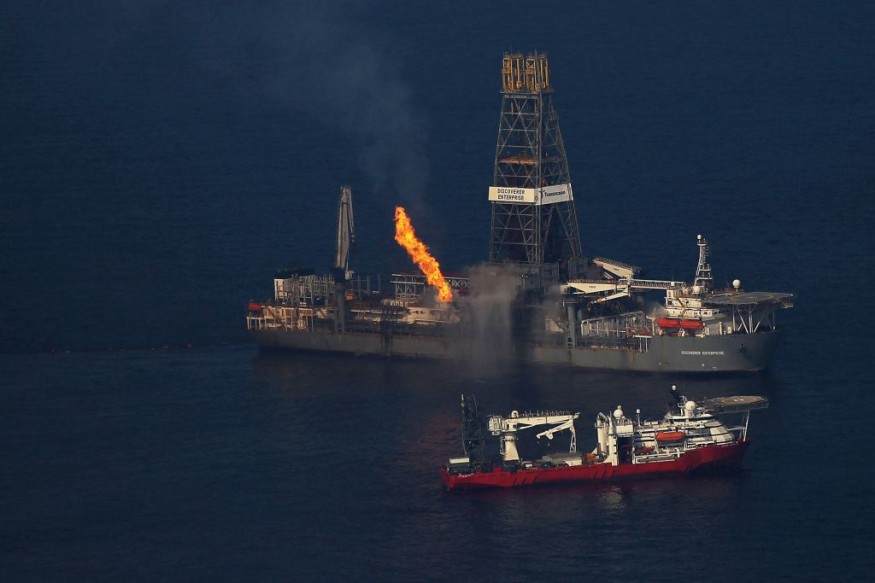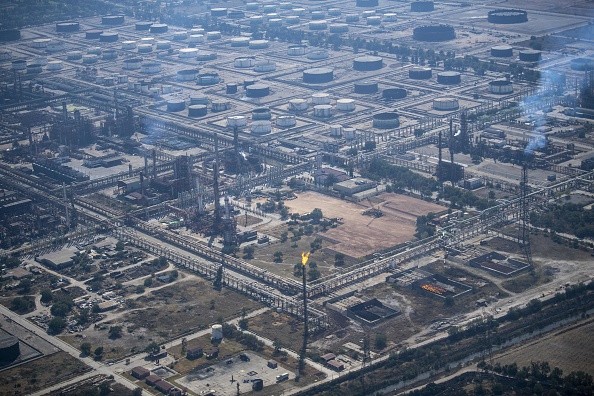Based on a federal government projection, Americans' home heating expenses will skyrocket this winter as a worldwide energy shortage reaches the world's largest economy at a time when inflation fears are growing.

According to the US Energy Information Administration, household spending on natural gas, the primary heating fuel for nearly half of all US houses, will average $746 this winter, up 30% from last year. However, according to the agency, electricity spending, which is used to heat around 41% of homes, may climb by 6%.
"Higher global and local energy costs, as a result of economies resuming growth, will translate into higher home energy bills this winter," said Stephen Nalley, interim administrator of the EIA.
Protected from Other Country's Fuel Crisis

The United States has been shielded mainly from Europe and Asia's increasing energy shortages, where a race for supply has driven natural gas and power prices to all-time highs.
The White House, which has urged global oil and gas suppliers such as Saudi Arabia to increase supplies to bring down gasoline costs, will be alarmed if symptoms of economy-wide inflation transfer to energy household bills.
Related Article : OPEC Member Calls for Change, Urges Oil Producers to Invest More on Renewable Energy
Whitehouse Action
The White House press secretary, Jen Psaki, stated on Wednesday that the Biden administration was "very well aware... that rising gas costs are of course affecting the American people."
She said that President Joe Biden has ordered his economic team to "continue to examine what options we have to alleviate these shortages."
Last week, US Secretary of Energy Jennifer Granholm told the Financial Times that releasing government-held strategic petroleum stockpiles was a "tool that's under discussion" as the administration seeks to keep fuel costs under control.
Despite a year-on-year increase in crude prices and a dramatic surge in demand for oil and gas as the economy reopens, shale energy companies, which produce most of the country's gas and oil, have slowed down.
Constructing Facilities
The construction of new liquefied natural gas facilities that can export US-produced natural gas has increased demand. The plants, which are primarily located around the Gulf of Mexico, are already nearing total capacity.
"Record US LNG shipments to Europe, and Asia are being supported by increased natural gas demand in those countries," Nalley added.
On Wednesday, Psaki stated that "there is a need for the United States to continue to export natural gas" due to a global fuel crisis.
Market Discussion

Wholesale natural gas prices in the United States were approximately $5.50 per million British thermal units, considerably below the record highs of over $30 reached in Europe, but more than quadruple the amount paid in the United States this summer.
The EIA predicted that overall US oil output would average 11 million barrels per day this year, down from the prior projection of 12 million barrels per day. This is down 15% from a high reached shortly before the epidemic smashed oil prices and prompted companies to curtail drilling investment.
For more news about making the environment sustainable, don't forget to follow Nature World News!
© 2025 NatureWorldNews.com All rights reserved. Do not reproduce without permission.





